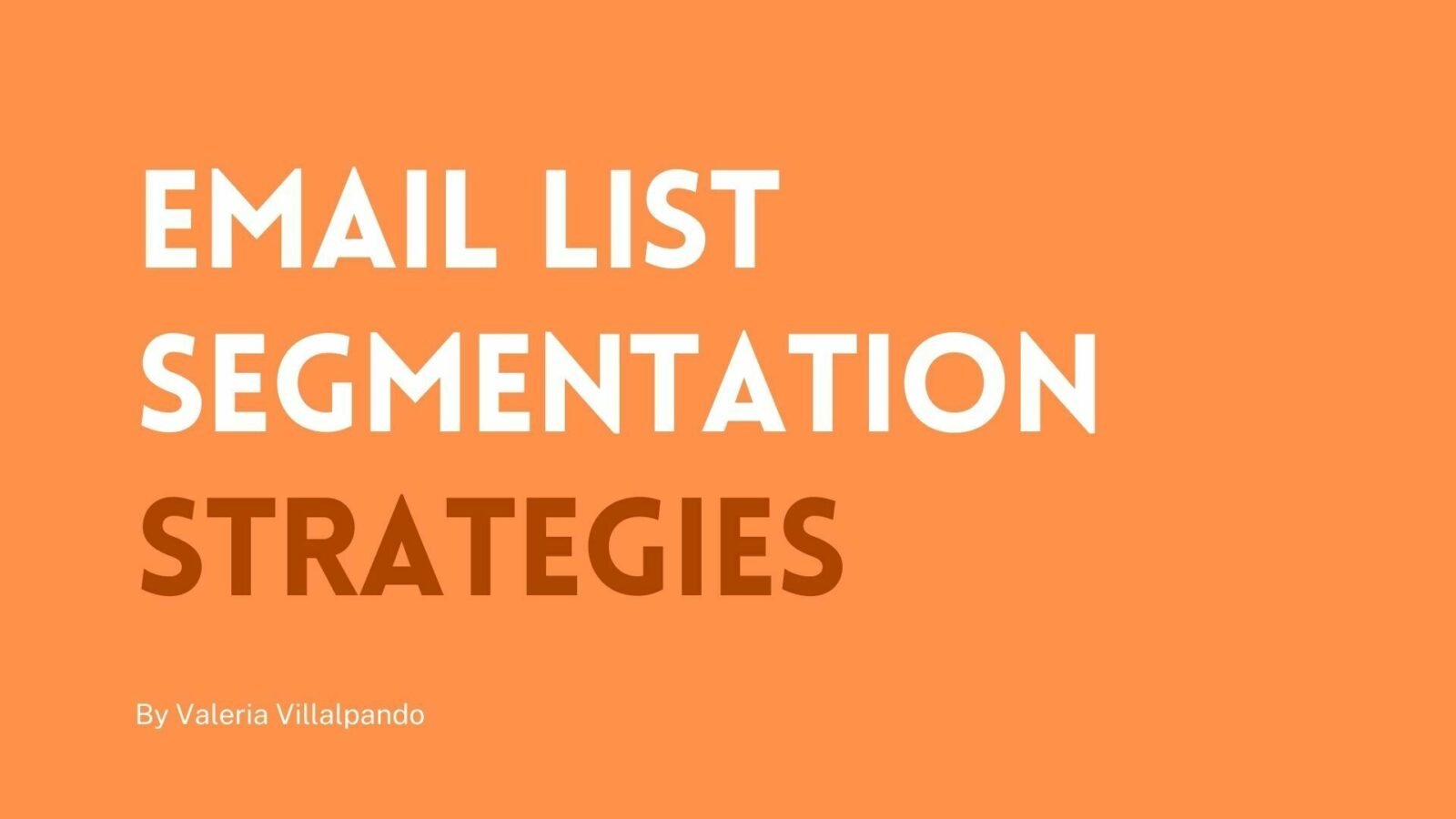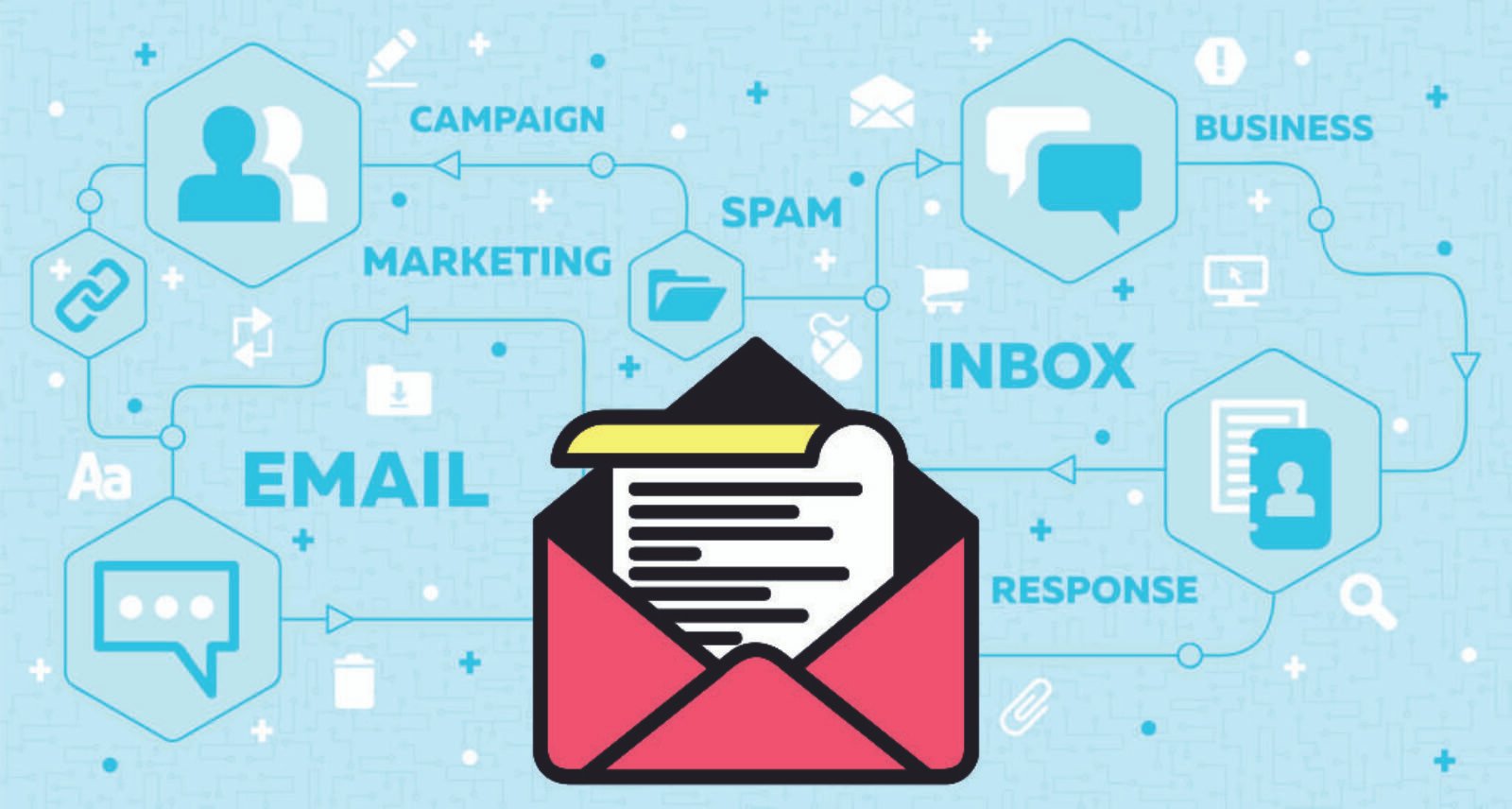Why You Need An Email Deliverability Consultant
Email marketing success is measured by how many of your prospects receive them and take the time to open your emails. Wouldn’t it be a waste of time to draft up the perfect email campaign and no one receives them? Or what if your emails are being delivered but they are...
5 Examples That Boost Open Rates
Email marketing success is measured by how many of your prospects receive them and take the time to open your emails. Wouldn’t it be a waste of time to draft up the perfect email campaign and no one receives them? Or what if your emails are being delivered but they are...
Microsoft SNDS Update
Deliverability consultants have closely monitored the Smart Network Data Services report provided by Microsoft…
Increase Engagement With These Essential Email List Segmentation Strategies
.elementor-8412 .elementor-element.elementor-element-d885e45 > .elementor-container{max-width:1440px;}.elementor-8412 .elementor-element.elementor-element-d885e45:not(.elementor-motion-effects-element-type-background), .elementor-8412...
What’s BIMI? How Can it Help in Boost Your Email Deliverability?
.elementor-2487 .elementor-element.elementor-element-2d56e79:not(.elementor-motion-effects-element-type-background), .elementor-2487 .elementor-element.elementor-element-2d56e79 > .elementor-motion-effects-container > .elementor-motion-effects-layer{background-position:center...




